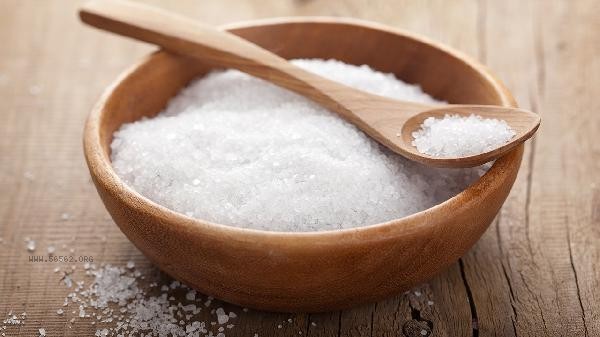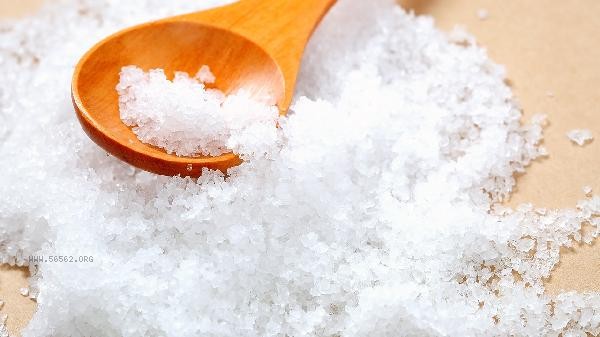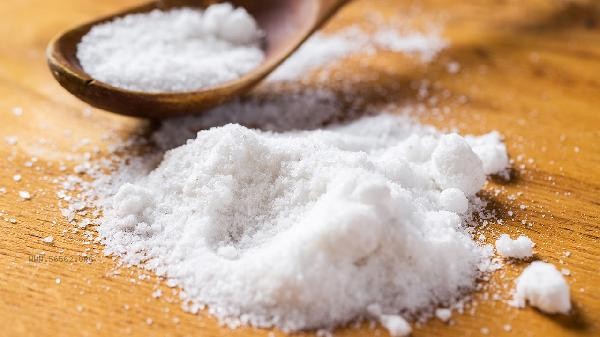Adding salt during dough kneading can enhance dough gluten, regulate fermentation speed, improve taste, inhibit bacterial growth, and prolong storage time. Salt affects the structure of gluten protein in noodle making through osmotic pressure and ion interaction, and has multiple regulatory effects on the flavor and quality of the finished product.

1. Enhance gluten properties
Sodium ions in salt can bind with gluten and wheat gluten in flour, promoting the formation of gluten networks. This function makes the dough more elastic and malleable, especially suitable for making manual Lamian Noodles or dumpling skin that needs stretching. Excessive salt concentration can inhibit gluten formation, and it is usually recommended to add 2-3 grams of salt per 500 grams of flour.
2. Regulating Fermentation
Moderate salt content can inhibit excessive yeast activity and avoid the accumulation of sourness caused by rapid dough fermentation. For aged or naturally fermented dough that requires long-term fermentation, adding salt can maintain fermentation stability. But when the salt content exceeds 2% of the flour content, fermentation may be significantly delayed, and the dosage needs to be adjusted according to room temperature.
3. Improve taste
Salt reduces the stickiness of dough by inhibiting amylase activity, making the dough more chewy. When baking bread, salt can delay starch aging and maintain internal moisture. Salty taste can also complement the natural sweetness of flour and enhance the overall flavor level.

4. Inhibiting the osmotic pressure of miscellaneous bacteria
salt can inhibit the proliferation of non lactic acid bacteria and reduce the probability of dough spoilage. The traditional method of preserving noodles often extends the shelf life by increasing the salt concentration. For example, the noodle cakes made from northern pickled dough can be stored at room temperature for several days.
5. Extended storage
Salt added dough reduces water activity and slows down mold growth rate. When making dry noodles or naan cakes, an appropriate amount of salt can help stabilize the quality during the dehydration and drying process, but it is important to note that people with high blood pressure should control their intake.

It is recommended to use non iodized salt for daily noodles to avoid iodine volatilization, and slightly increase the salt content in winter to promote gluten formation. For people who need to control salt, alkaline water can be used to replace some salt to achieve a similar gluten effect, or high gluten flour can be chosen to reduce salt usage. When making fermented noodles, salt should be placed separately from yeast to avoid direct contact. Mixing salt and flour evenly before stirring is more conducive to their function. The salt content of refrigerated dough can be increased to 1.5% of the flour content, but the awakening time needs to be correspondingly extended.








Comments (0)
Leave a Comment
No comments yet
Be the first to share your thoughts!